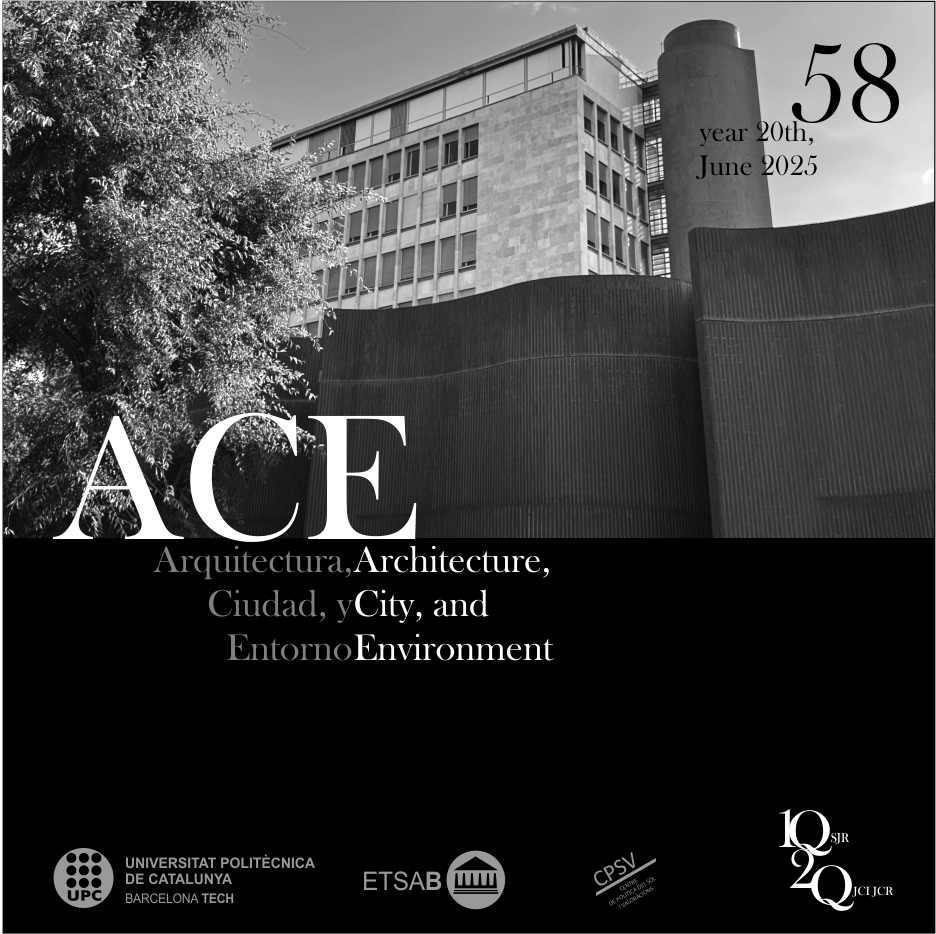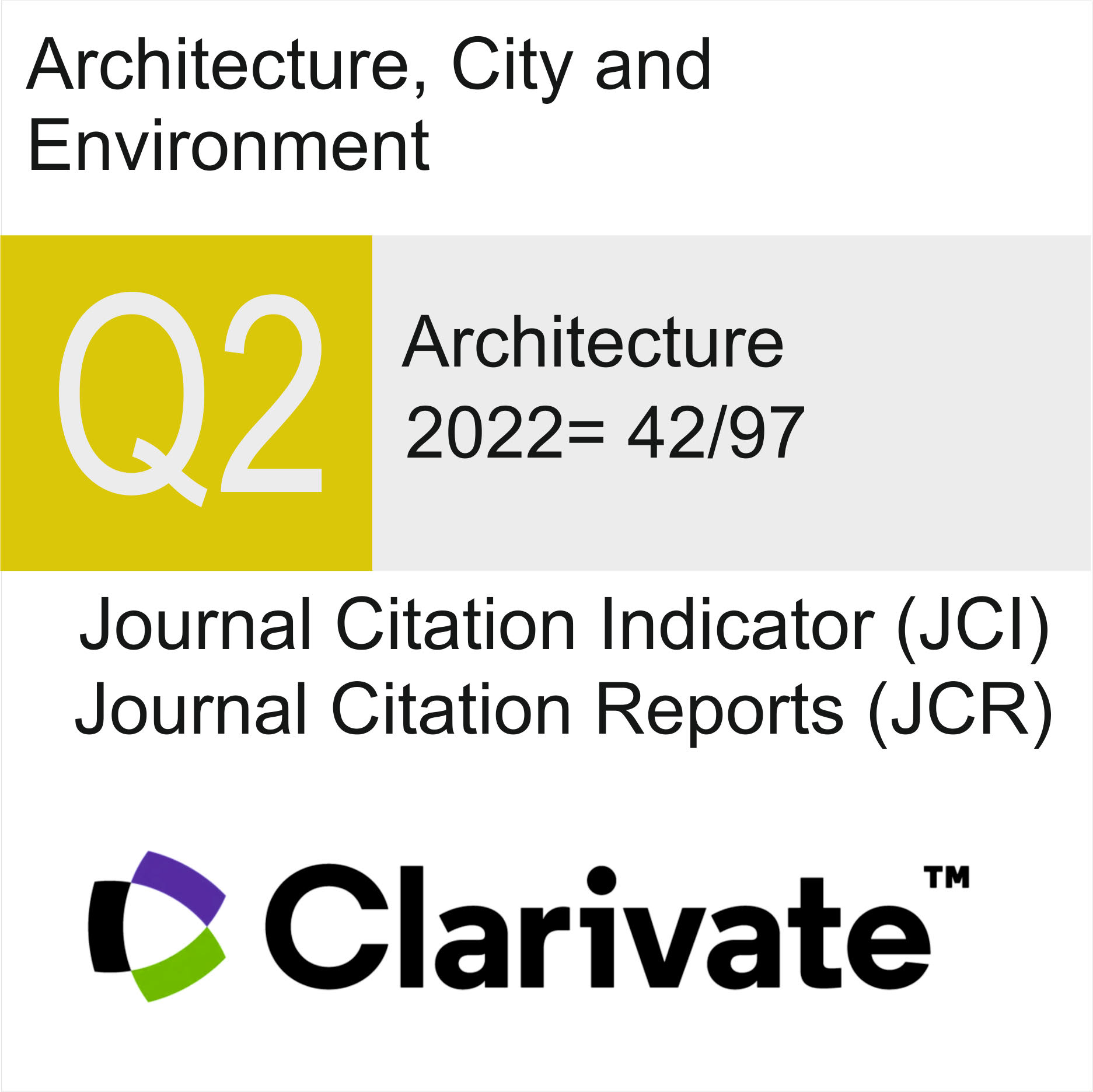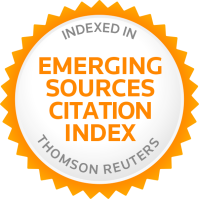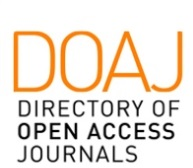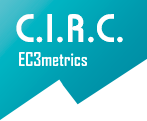The Urban Dimension of Agricultural Heritage. The Landscape of the Nerja Orchard, Málaga
DOI:
https://doi.org/10.5821/ace.20.58.12736Keywords:
territory, productive landscape, city, orchard, agricultureAbstract
Agricultural heritage acknowledges those territories in which the relationship between people and the land has played a fundamental role throughout its history—one that transcends the mere productivity and extends to the memory and vital identity of the enclave itself. This reality, particularly in the case of urban orchards, closely tied to cities, has faced accelerated urban transformation in recent decades. The abandonment of historical and morphological growth practices has led to a rupture, undermining agrarian logic. This study aims to identify the urban dimension of agricultural heritage in cities whose origin and evolution are deeply intertwined with agrarian activity. To this end, a methodology was developed to address historical and heritage-specific factors, using the case study of Nerja (Málaga, Spain) and its intrinsic orchard, whose historical morphology justifies its relevance. This approach offers a new perspective on understanding agricultural heritage while highlighting the case’s significance, thereby supporting its potential protection. In this way, the research underscores the critical role of agrarian activity in built environments and advocates for a perspective that values the productive fabric of urban orchards through their urban dimension.
Downloads
Published
Issue
Section
License
| INTELECTUAL PROTECTION CRITERIA |
At this moment, it is count with the "Oficina Española de Patentes y Marcas", while global protection it is being processed by the World Intelectual Property Organization (OMPI/WIPO). Nevertheless the International Standard Serial Number Office (ISSN) has given the following numbers ISSN: 1886-4805 (electronic version) and 1887-7052 (paper version). All articles will be peer reviewed, using double blind reviewing. |
| COPYRIGHT |
The article contents and their comments are authors exclusive liability, and do not reflect necessarily the journal editor commitee's opinion. All ACE published works are subject to the following licence CC BY-NC-ND 3.0 ES http://creativecommons.org/licenses/by-nc-nd/3.0/es/ It implies that authors do not hold nor retain the copyright without restrictions but only those included in the licence. |


